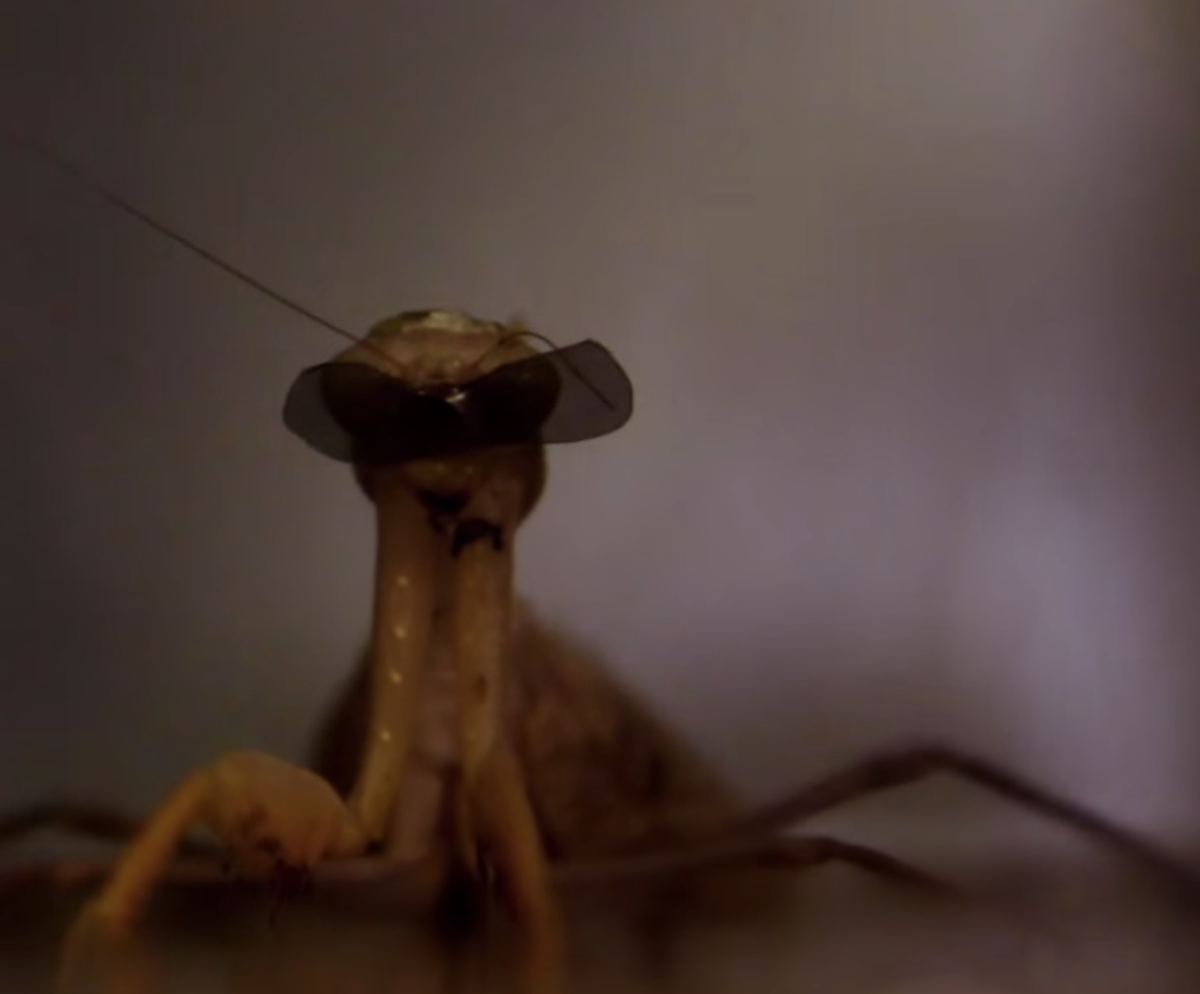Scientists have created some pretty nifty bug eyeglasses -- yes, actual spectacles built for bugs. Specifically, for the eyes of praying mantises being used by researchers at Newcastle University in the United Kingdom.
The scientific goal of this buggy experiment is to better understand three dimensional (3-D) vision. Analyzing how praying mantises see in 3-D can help scientists understand the evolution of three-dimensional vision, as well as help develop and implement 3-D vision and depth perception in robotics.
So why use praying mantises for such a study? Well, it turns out that this insect's vision is somewhat close to our own. According to Newcastle University, praying mantises are the only invertebrates known to have 3-D vision, known as stereopsis. Other animals that have stereopsis include cats, horses, sheep, macaques, rabbits, toads and barn owls, according to the Huffington Post.
“Despite their minute brains, mantises are sophisticated visual hunters which can capture prey with terrifying efficiency," said research leader Dr. Jenny Reed, of Newcastle University's Institute of Neuroscience. "We can learn a lot by studying how they perceive the world.”
Along with Dr. Reed, the Institute of Neuroscience's Dr. Vivek Nityananda is working on this exciting project. "If we find that the way mantises process 3D vision is very different to the way humans do it," Dr. Nityananda explains, "then that could open up all kinds of possibilities to create much simpler algorithms for programming 3D vision into robots."
To execute the experiments, which involve presenting 3-D stimuli and moving targets in front of the mantis, the team uses beeswax to attach "the world's smallest" glasses to the praying mantis. With the glasses on, the mantises are placed in front of a computer screen for the series of tests. When the experiment is over, the glasses are removed and the mantises are placed back in their living space to feed on crickets.
According to a statement from Newcastle University, "data from behavioural (sic) observations as well as electrophysiological recordings to help model potential neural algorithms that can be used in technology while simultaneously shedding light on the evolution of 3D vision in the natural world."
A video of the experiment (and visual of the tiny bug-size glasses) can be viewed below:

Shares